Introduction
Brief Overview: What is Jhora Dance?
Jhora dance is a traditional folk dance from the Kumaon region of Uttarakhand, a northern Indian state renowned for its vibrant cultural heritage. This communal dance, performed in a large circle, is known for its simple, rhythmic movements that bring together people of all ages, backgrounds, and communities. Typically performed during spring and harvest seasons, Jhora dance is more than an art form; it is a celebration of unity, equality, and the natural rhythms of life. Unlike other dances that emphasize individual skill, Jhora places the spotlight on harmony and collective movement, embodying the essence of social bonding and communal joy.
Significance in Indian Culture
In India, where cultural expressions like music and dance play a central role in social and religious gatherings, Jhora stands out for its inclusive nature and deep-rooted significance. Originating in the picturesque hills of Uttarakhand, the dance reflects the agrarian lifestyle and spiritual traditions of the Kumaon people. It has become a symbol of cultural identity in Uttarakhand, preserving ancient customs, fostering social cohesion, and creating a sense of belonging. The dance also honors the cyclical patterns of life and nature, often performed at harvest festivals, weddings, and other celebrations, symbolizing prosperity, gratitude, and collective joy.
Origins and History of Jhora Dance
Historical Background
The history of Jhora dance dates back centuries, with origins deeply embedded in the socio-cultural fabric of the Kumaon region in Uttarakhand. In these mountainous areas, agriculture has been a primary way of life for generations, and the dance reflects the agrarian rhythms and community life of the people. The origins of Jhora are believed to be linked to the community’s way of celebrating the end of winter and the arrival of spring—a time that marks the sowing of seeds and the beginning of a new agricultural cycle. Through Jhora, people expressed gratitude to the gods, celebrated nature’s renewal, and reinforced social bonds, thereby creating a joyful tradition that has been passed down over generations.
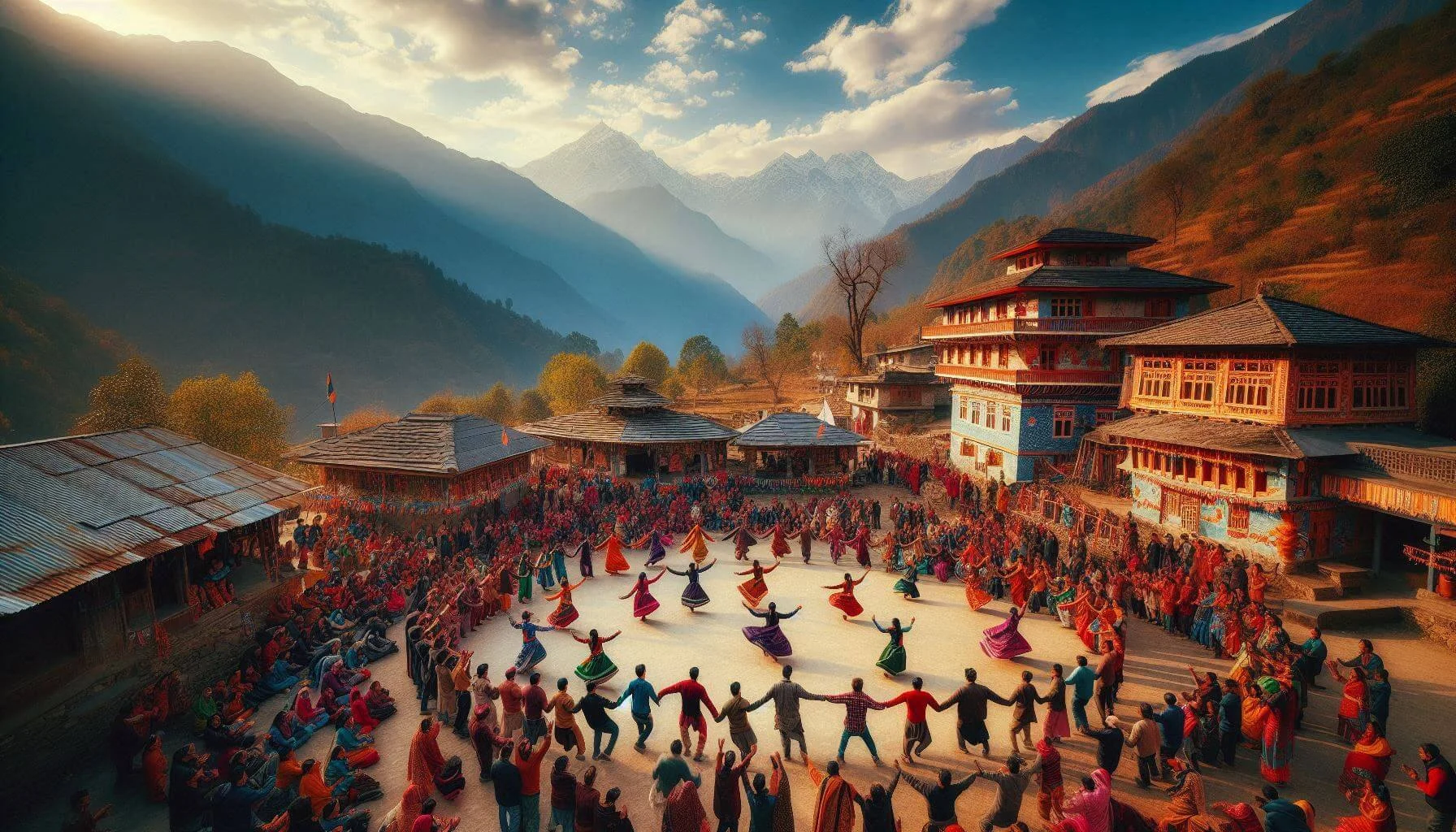
The circular formation of the Jhora dance itself carries symbolic meaning, representing unity, wholeness, and the cyclical nature of life, reflecting traditional worldviews of balance and interconnectedness. Over time, Jhora evolved to become a central feature of Kumaoni festivities, especially during Holi, when it is performed widely across the region, drawing villagers from far and wide to participate in communal celebrations.
Cultural and Religious Influences
Jhora dance is deeply influenced by the cultural and spiritual traditions of the Kumaoni people, which are often intertwined with Hindu rituals and seasonal festivities. Holi, for instance, is a key festival during which Jhora is prominently performed, celebrating not only the triumph of good over evil but also marking the arrival of spring. The dance is a collective form of devotion and celebration, often seen as an offering of joy and gratitude to nature and the divine.
In a religiously diverse and spiritually rich area like Uttarakhand, dance forms like Jhora serve as an expression of local beliefs, representing a harmonious blend of spirituality, folklore, and the agrarian lifestyle. Its circular nature can be linked to ancient Indian practices, where circles were symbolic in rituals and gatherings, denoting continuity and inclusivity. Jhora, therefore, not only serves as a form of entertainment but as a ritual dance that unites communities and affirms cultural beliefs in divine blessings, prosperity, and harmony.
Evolution Over Time
The essence of Jhora has remained largely unchanged over generations, reflecting the Kumaoni people’s dedication to their heritage. Traditionally performed without elaborate costumes or instruments, Jhora relies on the collective rhythm of movement, where participants simply hold hands and sway to the beat. However, over the years, the dance has seen subtle adaptations, especially as it gained attention beyond village communities.
With increased cultural exchange and exposure to modern audiences, Jhora has been showcased at various festivals and cultural events across India, introducing a wider audience to its unique charm. Although the dance form has remained true to its original style, new elements have been incorporated, such as occasional musical accompaniments or more structured performances for festivals and competitions. Cultural preservation initiatives by local organizations and government efforts to promote Uttarakhand’s folk traditions have also helped ensure that Jhora continues to be relevant in the modern era.
Unique Characteristics of Jhora Dance
Dance Formation and Style
Jhora is known for its simple yet captivating formation, which involves dancers standing in a large circle, symbolizing unity and continuity. The circular formation is central to the dance and represents the cyclical nature of life, as well as the importance of community in the Kumaoni culture.
Dancers hold hands or link arms, creating a seamless flow as they move together. The steps are synchronized and rhythmic, with participants moving counterclockwise, swaying and stepping in harmony to the beat. The movement is fluid, emphasizing group cohesion rather than individual prowess, and it embodies the spirit of cooperation and equality among participants.
The dance does not have strict choreographed steps, allowing each group to bring slight variations, though the core of the dance remains consistent. The lack of a rigid structure makes Jhora accessible to all, as the primary focus is on unity, participation, and shared joy rather than technical skill.
Music and Instruments
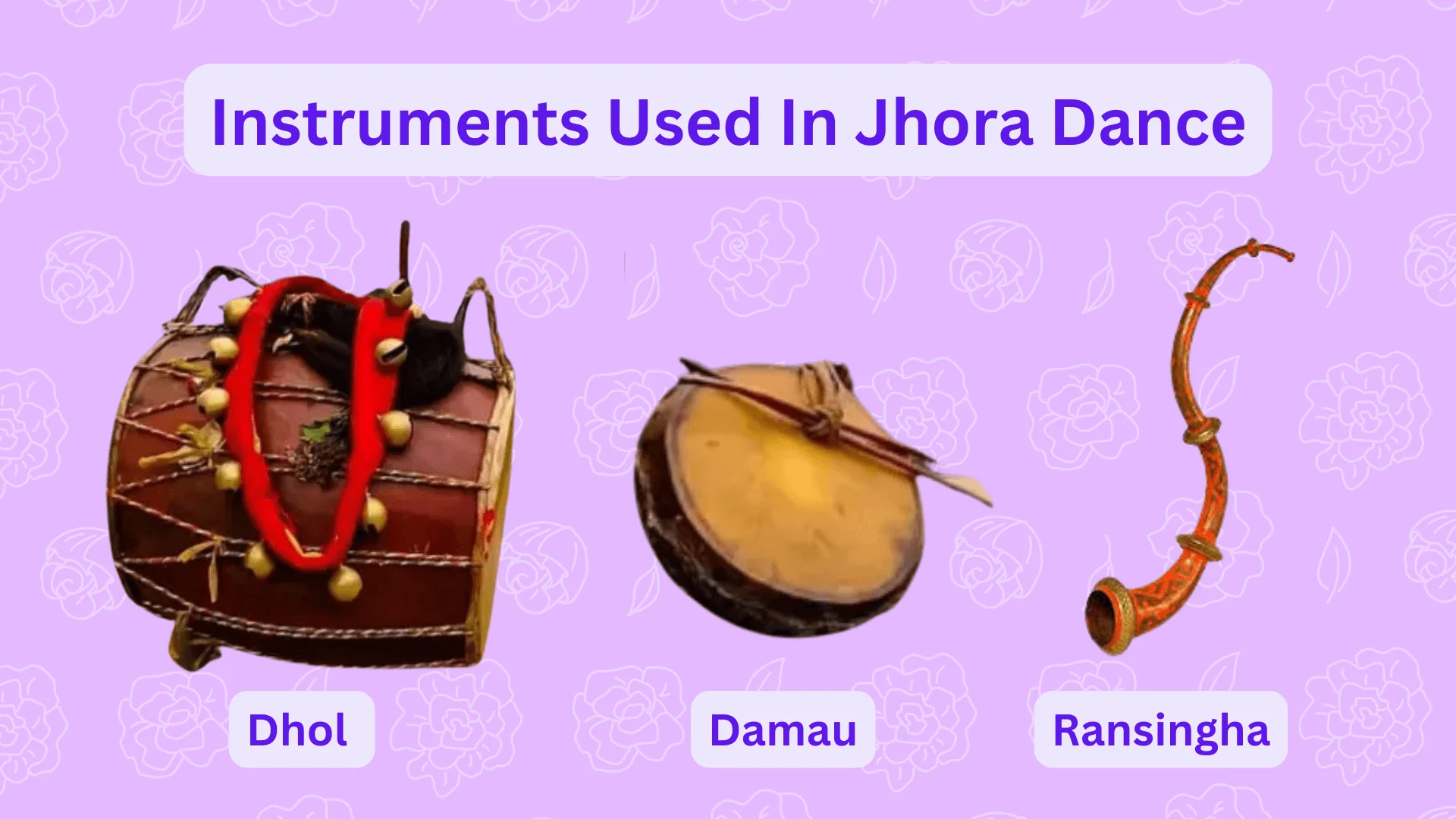
Music is an integral part of the Jhora dance, enhancing its energy and setting the rhythmic pace for the dancers. Traditional instruments such as the Dhol (a two-sided drum), Damau (a smaller drum with a high-pitched sound), and Ransingha (a type of trumpet) are commonly used. These instruments create a powerful and resonant soundscape that guides the dance, infusing the atmosphere with a lively and celebratory spirit.
The dhol provides a steady, deep beat, while the damau adds a higher, contrasting rhythm that complements the movement. The ransingha, with its horn-like sound, brings a distinct call to the dance, evoking a sense of antiquity and tradition. Together, these instruments create a unique musical experience that is both energizing and immersive, making it easy for participants and onlookers alike to be drawn into the celebration.
Attire and Costumes
The traditional attire worn during Jhora dance performances is simple and reflects the cultural heritage of the Kumaon region. Men typically wear kurta (a loose-fitting shirt) paired with dhoti or pajama pants, while women don ghagra-choli (a long skirt and blouse) adorned with vibrant scarves or dupattas. The colors are often bright and festive, symbolizing joy and prosperity, though the clothing is generally practical and comfortable, allowing ease of movement in the dance.
Many dancers also wear regional accessories, such as silver jewelry, which is traditional to Kumaoni dress. The attire is designed to connect the dancers with their cultural roots, and in larger events or formal performances, efforts are often made to showcase the traditional clothing style authentically. The simplicity and traditional nature of the costumes contribute to the timeless, unadorned beauty of the Jhora dance, where the focus remains on collective celebration rather than elaborate presentation.
Significance of Jhora Dance in Community Life
Celebration of Unity and Equality
One of the most remarkable aspects of Jhora dance is its ability to bring people together, breaking down barriers of caste, social status, and economic background. The dance is deeply rooted in Kumaoni community life, serving as an egalitarian activity where everyone, regardless of their place in society, can join the circle. In a country where societal divisions have historically played a significant role, Jhora stands as a reminder of unity, emphasizing shared human connections over individual distinctions.
The act of holding hands in a circle reinforces the idea of social equality and solidarity, creating a space where people can connect as equals. This tradition has helped to strengthen communal bonds and build lasting relationships, making Jhora not only a form of dance but a vehicle for social harmony and inclusiveness.
Seasonal and Festive Occasions
Jhora is traditionally performed during the spring, marking the end of winter and the beginning of the sowing season—a time of renewal, hope, and community celebration. The dance is often performed during Holi, a major Indian festival celebrating the arrival of spring, as well as during local festivals, harvest times, and weddings. As people gather to celebrate the changing seasons and agricultural cycles, Jhora serves as a way to express gratitude for nature’s bounty and invoke blessings for a fruitful season.
Weddings and religious gatherings are also popular occasions for Jhora, as the dance brings an additional layer of joy and communal participation to the festivities. It is a way for people to come together in shared celebration, reinforcing cultural traditions that align with seasonal and life-cycle events, such as planting and harvesting.
Spiritual Connection

Jhora is more than a dance; it carries a profound spiritual significance for the people of Uttarakhand. The dance is often performed with a sense of reverence, blending elements of local spirituality with communal celebration. In the Kumaon region, nature and spirituality are deeply intertwined, and Jhora reflects this connection. By celebrating the rhythms of life, Jhora is considered an offering to the divine forces of nature.
During festivals like Holi, the dance becomes a form of devotion, with participants expressing gratitude for divine protection and blessings. The circular formation and collective movement symbolize the unity of the soul with the universe, creating a meditative effect that aligns with local beliefs. For many, Jhora is a means of connecting with the divine, honoring both nature and the spirit, and fostering a sense of peace and fulfillment that transcends the everyday.
The Experience of Participating in Jhora Dance
Inclusive Participation
Jhora Dance is deeply inclusive, welcoming participants of all ages, genders, and backgrounds. This inclusivity is a core aspect of its appeal, making it a significant cultural event that unites the community. Whether young or old, newcomers or seasoned participants, everyone in the community is encouraged to join the circle and move to the rhythm of the music. Elders who have performed the dance for decades bring an element of grace and tradition, while younger generations add energy and vibrancy. This harmonious blend of experience and enthusiasm is a testament to Jhora Dance’s ability to bridge generational gaps.
Jhora also transcends socioeconomic boundaries. The dance is usually performed in open, public spaces—typically village squares, temple courtyards, or fields—making it accessible to everyone in the community. The circle formation, a distinctive feature of the dance, symbolizes equality, with each participant given the same space to contribute to the rhythmic unity of the dance. This open and communal setup reflects the ethos of the region’s culture, where traditions are shared and celebrated by everyone, fostering a strong sense of belonging and community.
Joy and Social Bonding
The essence of Jhora Dance lies in its ability to create a joyous, lively atmosphere that strengthens social bonds within the community. As the participants move rhythmically, hand in hand, to the beat of traditional instruments, they share laughter, smiles, and a collective euphoria. The dance’s circular formation fosters closeness, allowing people to interact closely, smile, and synchronize their movements with others. This rhythm of togetherness promotes a spirit of camaraderie and unity, encouraging everyone to feel as one with the group.
Beyond the sheer joy of dancing, Jhora is a social event that reconnects families, friends, and neighbors. The dance serves as a cultural ritual that reinforces bonds and enables people to connect on a deeper level, far beyond words. In the context of annual celebrations, festivals, and religious gatherings, Jhora Dance becomes a joyful celebration of life and community, embodying the spirit of Uttarakhand’s traditional society. The laughter, playful banter, and shared rhythm create unforgettable memories, cementing relationships and building a collective identity for those who participate.
Modern Adaptations and Cultural Preservation
Jhora in Contemporary Times
As with many traditional art forms, Jhora Dance has been impacted by modern influences, especially through festivals, tourism, and social media. In contemporary times, Jhora has gained visibility beyond Uttarakhand’s villages, attracting both national and international interest. Festivals that celebrate local culture and heritage, such as the Uttarayani Fair and Nanda Devi Raj Jat, showcase the dance, allowing tourists to witness and even participate in this vibrant expression of local tradition.

Social media has also played a key role in increasing Jhora’s visibility. Videos and photos shared on platforms like Instagram and YouTube enable younger generations to engage with the dance, even if they live far from their ancestral homes. These platforms have made it easier for people around the world to learn about Jhora Dance, its history, and its significance, helping it reach a wider audience. This virtual visibility has breathed new life into Jhora, keeping the dance relevant in a fast-evolving world while introducing it to audiences who might otherwise never encounter it.
Efforts to Preserve Jhora Dance
Various cultural organizations, tourism departments, and local government bodies are actively working to preserve and promote Jhora Dance. Cultural organizations often collaborate with schools and community centers to organize workshops where experienced dancers teach younger generations the nuances of Jhora, ensuring that the tradition continues. Local tourism departments also play a significant role by including Jhora performances in tourist itineraries and highlighting it in promotional materials, showcasing the dance as a unique cultural attraction of Uttarakhand.
In addition, Uttarakhand’s government has taken steps to preserve the dance form as an intangible cultural heritage. Initiatives like funding local festivals and supporting cultural programs aim to keep Jhora and other traditional art forms alive and flourishing. Moreover, cultural preservation campaigns often invite regional performers to larger festivals, giving them a platform to showcase Jhora to a broader audience, fostering pride and awareness about this tradition.
Challenges and Revival Efforts
The preservation of Jhora Dance is not without challenges. Rapid modernization, urbanization, and the migration of younger generations to urban areas have led to a decline in traditional practices. In a world where youth often gravitate toward global trends, the endurance of traditional dances like Jhora faces real obstacles. Many young people, influenced by modern lifestyles and popular culture, may see traditional dances as outdated, limiting the pool of potential participants.
Efforts to revive Jhora have therefore become vital. Cultural organizations and local government bodies regularly promote events where the dance is showcased, creating awareness and sparking interest among young people. These efforts not only preserve Jhora but also encourage the local youth to feel proud of their heritage. Revival projects, such as offering dance workshops in schools and supporting traditional dance academies, aim to reinvigorate interest in Jhora among the younger population, ensuring that this age-old cultural practice continues to thrive.
Conclusion
Jhora Dance is more than a traditional art form—it is a symbol of unity, belonging, and cultural continuity in Uttarakhand. With its inclusive nature, Jhora provides a unique platform for people from all walks of life to connect through shared rhythm and movement. It is a living testament to the rich heritage of the region, fostering social cohesion, celebrating collective identity, and strengthening bonds within the community. Jhora reflects the very essence of the culture and spirit of Uttarakhand, encapsulating values of equality, joy, and tradition.
For those interested in experiencing the vibrancy of Jhora Dance firsthand, attending a cultural festival in Uttarakhand can be an eye-opening experience. Witnessing Jhora Dance in its authentic setting provides a unique perspective on the region’s traditions, and joining the dance circle can be both exhilarating and meaningful. This unique dance form offers a profound connection to the cultural richness of Uttarakhand, revealing the beauty of a tradition that has endured for centuries.
Have you ever participated in a traditional dance or witnessed a cultural festival that left a lasting impression? We would like to hear your stories and thoughts! Whether it’s Jhora Dance or another local tradition, sharing your experiences helps keep these cultural legacies alive. Let us celebrate and preserve our heritage together—share your memories, experiences, and connections with the world of traditional dance in the comments or by reaching out to your community.

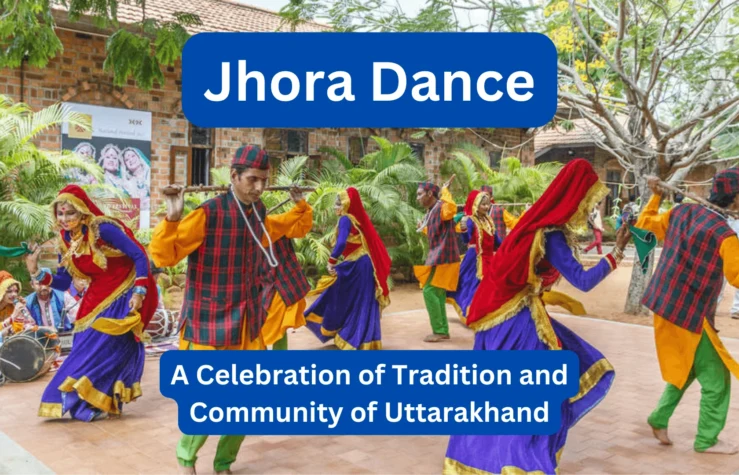
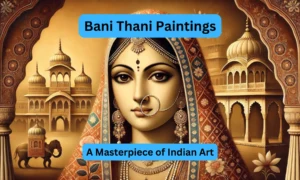
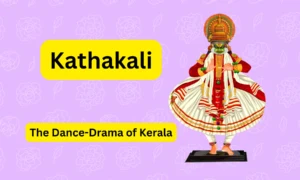

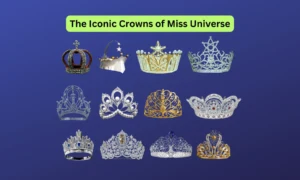
2 Comments